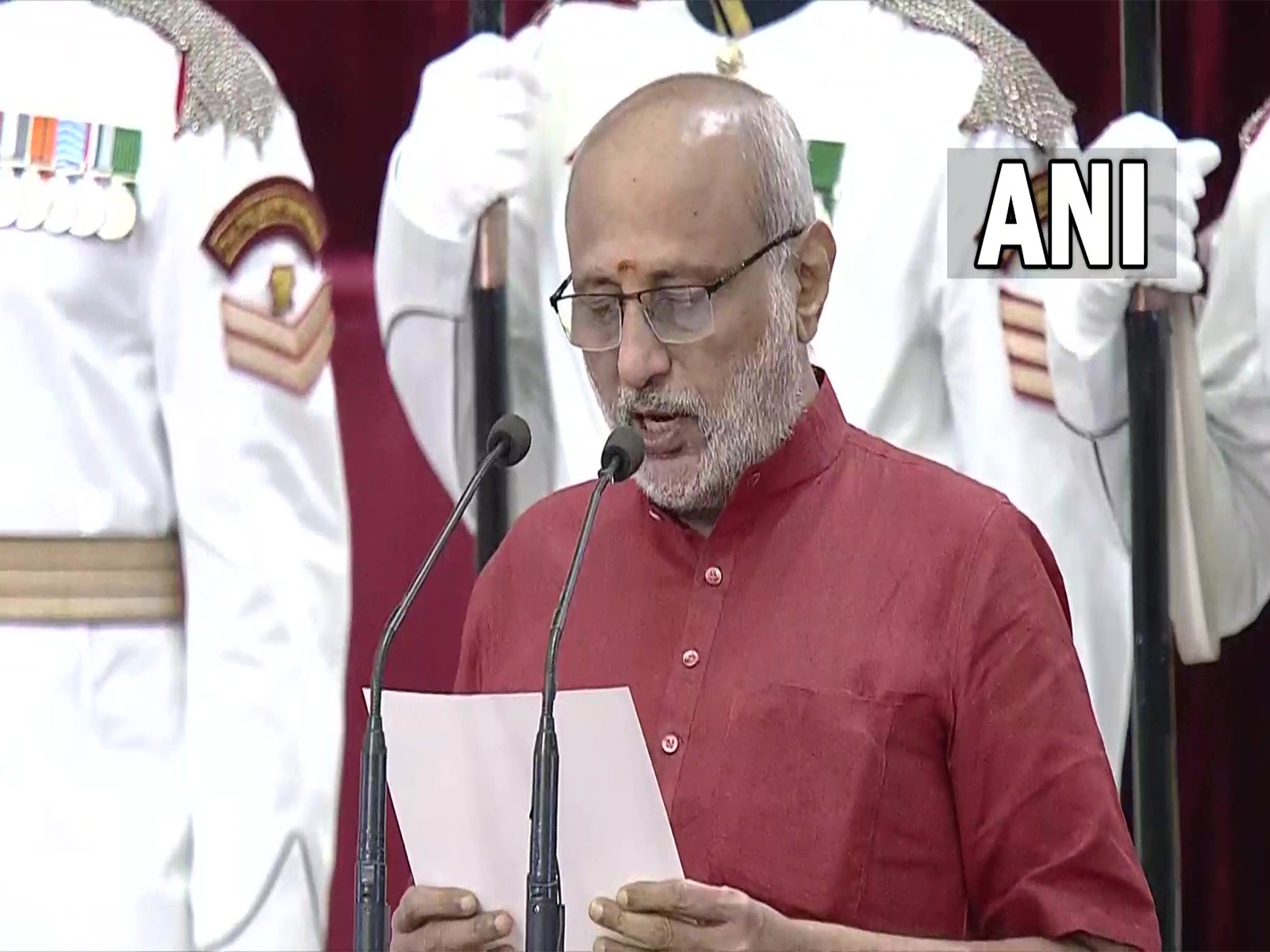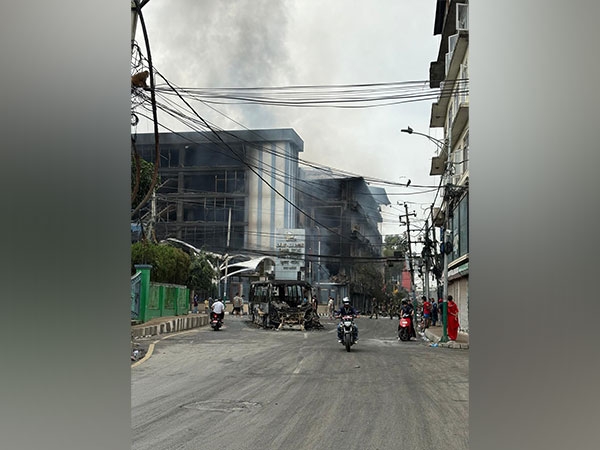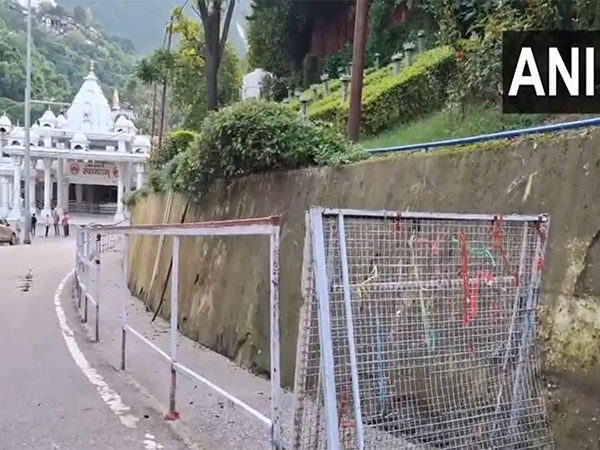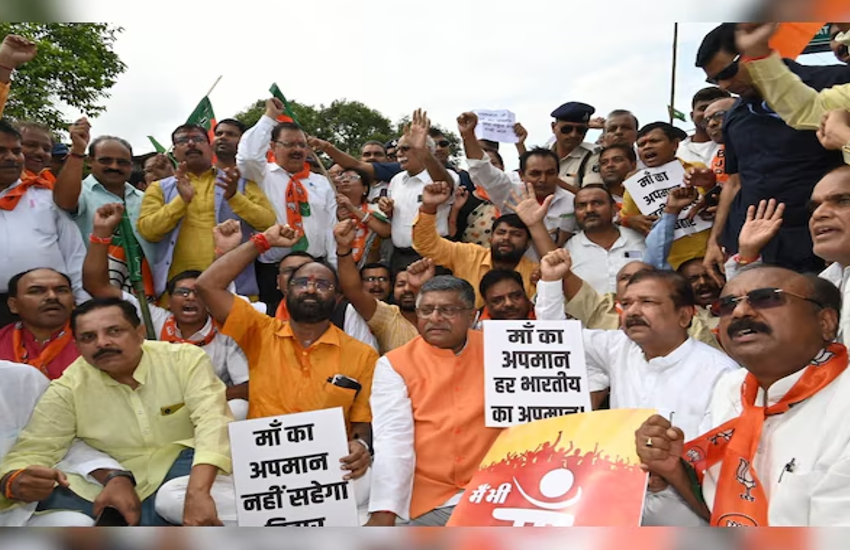Fighting a godman and his army of fanatics: the story of how a group took on Ram Rahim Singh

“Tell us what needs to be done to you once our guru is acquitted.”
The tone of the threats made by supporters of Dera Sacha Sauda chief Gurmeet Ram Rahim Singh a few days before a CBI court convicted him for raping two sadhvis were far from friendly.
The threats, directed at activists of Jan Sangharsh Manch (Haryana), who had been the first to raise the demand for a CBI probe against the Dera chief from 2002 onwards, are still being made on a near daily basis.
A dangerous game
Sudesh Kumari, a former convener of the Manch, spoke to Catch about her experiences and what it takes to go up against a godman.
Without any real support, and only evening papers to help in the Haryana heartland, she says it was the common people who offered the Manch both hope and the will to fight.
“It was in July 2002 after the murder of Ranjeet Singh, a former Dera supporter, that we were able to trace one of the two sadhvis who had written that anonymous letter to the prime minister. The only lead we had was that she was from one of the villages where we had been working. It was after our interaction with her and her desperate plea for a CBI probe that we began collecting facts about the Dera,” relates Sudesh.
While the activists were gathering facts, she said, attacks being carried out on rationalists like Balwant Singh and Raja Ram Handyaya for circulating the anonymous letter. In Hisar, the office of local daily Lekha Jokha was torched. Ram Chandra Chhatrapati, the editor of Sirsa daily Poora Sacch was also assassinated for publishing the letter.
“It was clear to us that we had to be on a very firm footing before taking on this godman. While people were being attacked for just circulating the letter, we had to be cautious since we wanted to take the fight of the sadhvis forward,” she says.
Fighting for justice
A big breakthrough occurred when one senior activist, Som Dutt Gautam, managed to visit the Dera and return with crucial bits of information.
That is when the Manch launched a mass mobilisation drive for a CBI probe, which included distribution of around 50,000 copies of a pamphlet in various parts of Haryana, a signature campaign against the Dera chief. They even put up putting posters on trains and buses to ensure that the message made its way to as many people as possible.
“People used to get the copies of the pamphlet xeroxed to circulate among their acquaintances. Auto drivers would not take money from us saying that this was their way of contributing to our fight. Even journalists contributed financially,” recalls Kavita Vidrohi, one of the young activists of the Manch at the time.
Collusion
It was during the visit of then vice president Bhairon Singh Shekhawat to Kurukshetra during the 'Gita Utsav' that the activists planned to take up the matter with him to seek a CBI probe in the matter. They held a demonstration, but were not allowed to meet Shekhawat. Instead, they were detained by the police.
“But our campaign continued. We were confidant that if we managed to a get a CBI probe, there would be a charge sheet against him and this would lead to a conviction since we had enough circumstantial and definitive evidence on our side. But the Dera hit back at us with a counter campaign alleging that the drive against the Dera was being carried out at the behest of the liquor mafia since their chief was weaning away the youth from alcoholism,” recalls Sudesh.
She adds, "We were able to generate awareness among the common people to a level that people who were neither were us or with the Dera used to say to the Dera supporters: 'You might be correct about the social work of your baba but even these people (us) are not wrong'."
During their campaign in Fatehabad in 2003, the police colluded with the Dera supporters to book 14 activists, including Sudesh, on charges of attempt to murder following a scuffle between the activists and Dera supporters.
“We managed to get bail only after a month-and-a-half when the attempt to murder section was written off. But the police still included it in its chargesheet. We were finally exonerated six years later. The lawyers at Fatehabad led by Harjit Singh Sandhu provided us all the help for free, right from furnishing our bail bonds to fighting the case. The nexus between the Dera and the police can be gauged from the fact that the police had gone on to list a placard as a weapon of offence against us,” she says.
The fight is far from over
The activists say that things got on track once the Punjab and Haryana High Court ordered a CBI probe after having got the matter probed by a Judge in Sirsa and writs from Ranjeet's father and Chhatrapati's son. The cases regarding murder of Ranjeet and Chhatrapati are still in CBI court.
While the judiciary is being appreciated for the verdict that has been delivered, Sudesh still has a few questions she'd like answered.
“The judiciary needs to ponder within itself how Gurmeet Ram Rahim Singh managed to get anticipatory bail in the multiple rape case. This is one of the rare cases where the accused was arrested only after being convicted. While a man accused to a single rape is not given bail, why was he given a special treatment? All this while no one dared to arrest him and he even went abroad,” she says.
Had the Dera chief been arrested earlier, she says, the trial would have been held quickly and he would have been convicted. It would not have taken 15 long years for the victims to get justice.
“There is still a need for a judicial probe into what all went inside the Dera over all these years,” underlines Sudesh. She says that while proceedings in other cases against the Dera chief are still going on, the threat still looms large given the fanatical mindset of some of his followers.
First published: 31 August 2017, 18:05 IST





![BJP's Kapil Mishra recreates Shankar Mahadevan’s ‘Breathless’ song to highlight Delhi pollution [WATCH] BJP's Kapil Mishra recreates Shankar Mahadevan’s ‘Breathless’ song to highlight Delhi pollution [WATCH]](https://images.catchnews.com/upload/2022/11/03/kapil-mishra_240884_300x172.png)

![Anupam Kher shares pictures of his toned body on 67th birthday [MUST SEE] Anupam Kher shares pictures of his toned body on 67th birthday [MUST SEE]](https://images.catchnews.com/upload/2022/03/07/Anupam_kher_231145_300x172.jpg)






